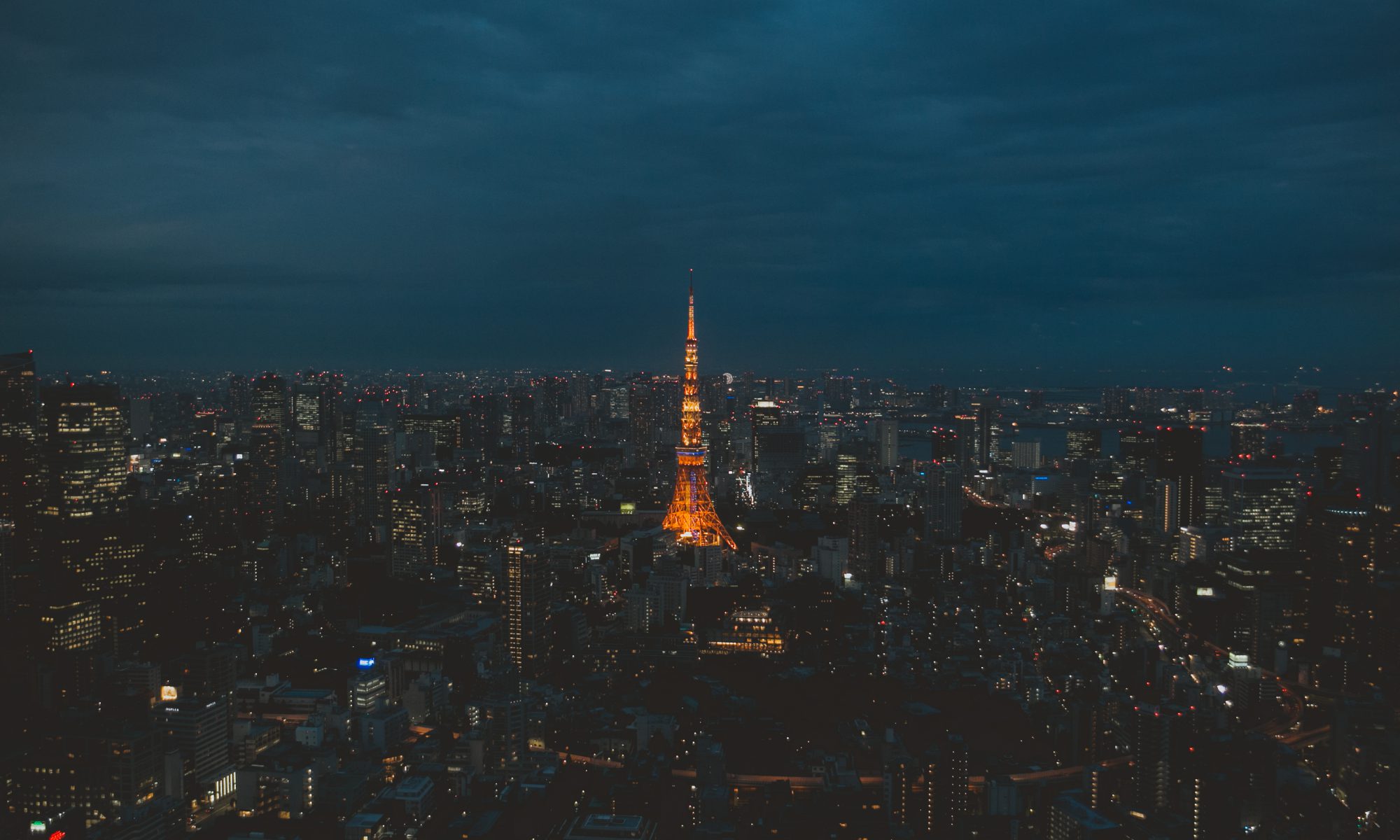In The Mood for Love

Silly me forgot to upload this when I saved it as a draft. But here it is, my artist research.
Made in 2000, Wong Kar Wai’s In the Mood for Love tells of a story of a man, Mr Chau and and woman, Mrs Chen, whose spouses have an affair together. However, slowly the two characters falls in love with each other.
It is one of my many favourite films for it’s brilliant cinematography – the mise en scene, the framing, the camerawork, the lighting and the thoughts that go into the frame is just brilliant. I decided to use this film as my reference due to its apparent theme of Seen and Unseen in the spouses that are not seen in the film, but play a key role.
I found it intriguing; how do you show two pivotal characters of the film without actually showing them?
But apart from that, I also explored other distinct stylistic visual elements of the film that I can utilize in my 7 shots.
Frame Within A Frame

The first notable thing about this film is the very strong usage of a frame within a frame.
Firstly, creating a box in a frame creates foreground, midground and background. This creates layers in a frame, thus there is depth in the shot and builds visual interest.
Also, by ‘boxing’ the characters into the scene, we feel claustrophobic and feel like the characters are ‘trapped’ in a situation – this of course builds tension.
Lastly, creating this box illusion is sort of like framing a character into a window. There is a strong tone of of ‘being watched’ in the film with it’s abundance of over-the-shoulder shots, shot through windows or long corridors, these creates a feeling of being an outsider eavesdropping or spying into the private lives of the two characters.
Obscured Characters

In the movie, it tells the story of infidelity of the partners of two character – Mr Chau and Mrs Chen. However what is interesting about it is, despite the film featuring two characters, the story speaks of four characters. Which are the spouses of two characters as well.
But how we see the the spouses is only through dialogue. Wong Kar Wai establishes a conversation between the two characters without featuring them by playing on our knowledge of the fundamentals of film language – the shot-reverse-shot and eye lines.
We see the character looking at someone and we hear dialogue but never know what the character looks like.
Through the clever use of cinematography, Wong Kar Wai builds an almost one-sided dialogue between the two characters, and by giving them a faceless identity, we are rooting for one character more than the other. But at the same time, he builds interest and curiosity on who this faceless character is, and how he or she might look like.
Framing Dialogue



When the two characters are in dialogue, Wong Kar Wai established dialogue in mostly two ways – one being the classic over the shoulder shot-reverse-shot and the other is dynamic framing where the characters weave between in and out of each other to establish their relationship in terms of space.
It is evident that there is a clear difference between the over-the-shoulder and when the camera is between them.
When the shot is done over-the-shoulder, it feels as though we are eavesdropping on the two characters (which is a prevalent theme for in the mood for love, that being constantly watched and gossiped) and if the shot is placed between the characters and shot on a wide angle, we are part of the conversation, as though we are the speaker, in the situation.
You can watch the full video of the ‘frame within a frame’ being explained here Or watch the ‘shot reverse shot’ concept explained here

